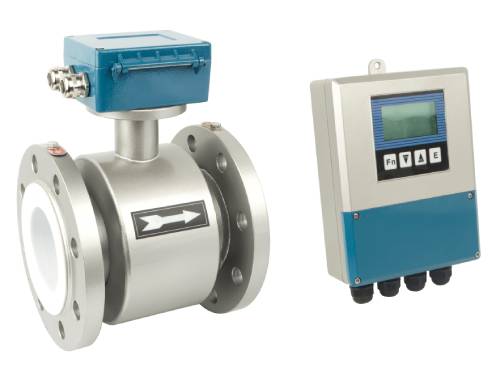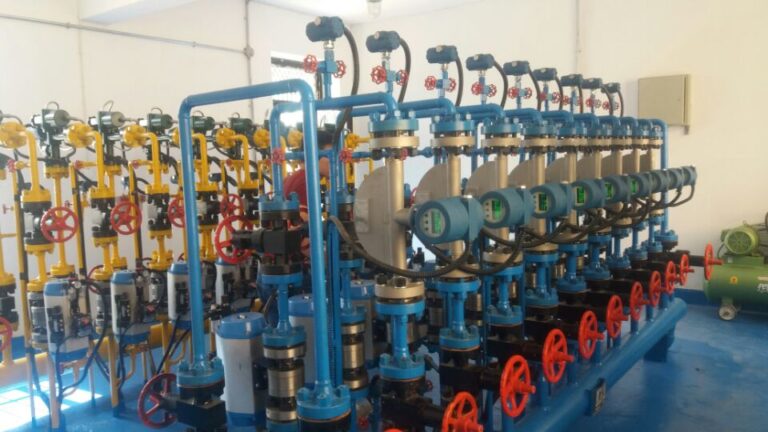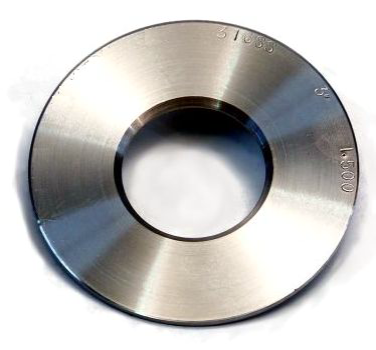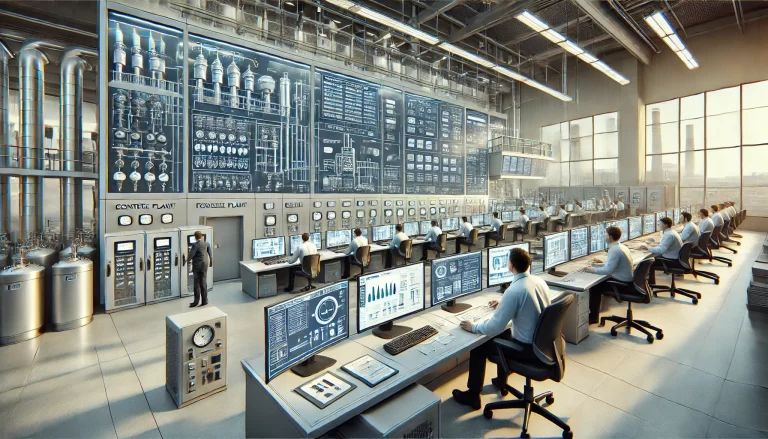Introduction
Liquid flow working measuring instruments are devices used to measure the volume or mass of a liquid passing through a system. These instruments play a crucial role in industries such as oil and gas, pharmaceuticals, food and beverage, water management, and chemical processing. They ensure accurate flow measurement for process control, safety, and commercial transactions.
Classification of Liquid Flow Measuring Instruments
Liquid flow meters can be classified based on their operating principles and applications. The primary categories include:
1. Positive Displacement Flow Meters
These meters measure liquid flow by dividing it into known, discrete volumes and counting the number of times the volume is filled and emptied. These are often used in applications requiring high accuracy, such as fuel dispensing and water billing.
Oval Gear Flow Meter: Uses rotating oval gears to trap and measure a specific volume of liquid.
Rotary Piston Flow Meter: Contains a piston that moves within a chamber, measuring fluid volume with each cycle.
Nutating Disc Flow Meter: Employs a wobbling disc in a chamber to measure the flow.

2. Velocity Flow Meters
Velocity flow meters measure flow rate based on the speed of the liquid passing through the system. These include:
Turbine Flow Meter: Utilizes a rotating turbine whose speed is proportional to the liquid flow rate.
Electromagnetic Flow Meter: Uses Faraday’s Law of Electromagnetic Induction to measure the flow of conductive fluids.
Ultrasonic Flow Meter: Measures flow using ultrasonic waves; available in transit-time and Doppler types.

3. Mass Flow Meters
These meters measure the actual mass of liquid flowing through a system, often used in precise applications such as chemical dosing and gas flow measurement.
Coriolis Mass Flow Meter: Uses vibrating tubes to measure mass flow based on Coriolis force.
Thermal Mass Flow Meter: Measures flow by monitoring temperature changes in a heated sensor.

4. Differential Pressure Flow Meters
These meters use a restriction (such as an orifice plate, venturi tube, or flow nozzle) to create a pressure drop that correlates with flow rate.
Orifice Plate Flow Meter: A simple plate with a hole that creates a pressure drop.
Venturi Flow Meter: A gradually narrowing pipe that measures differential pressure.
Pitot Tube Flow Meter: Uses fluid velocity at different points to calculate flow.

Key Features and Considerations
1. Accuracy and Precision
The required accuracy of a flow meter depends on its application. High-precision flow meters are necessary for pharmaceutical and fuel measurement, while moderate precision suffices for irrigation systems.
2. Fluid Compatibility
Not all flow meters are suitable for all types of fluids. Considerations include viscosity, conductivity (for electromagnetic meters), temperature, and corrosiveness.
3. Installation and Maintenance
Some flow meters require straight pipe runs for accurate measurements (e.g., turbine meters), while others (e.g., ultrasonic clamp-on meters) offer non-intrusive installation.
4. Operating Environment
Factors such as pressure, temperature, and external conditions affect the choice of a flow meter.

Applications
Water and Wastewater Management: Electromagnetic flow meters are widely used for water billing and sewage flow measurement.
Oil and Gas Industry: Coriolis and turbine flow meters measure fuel and oil flow.
Chemical Processing: Mass flow meters ensure precise chemical dosing.
Pharmaceutical Industry: Ultrasonic and Coriolis meters are used for sterile fluid flow measurement.
Food and Beverage Industry: Flow meters measure liquid ingredients and final products, such as milk and juices.

Conclusion
Liquid flow working measuring instruments are essential for various industries to ensure accuracy, efficiency, and regulatory compliance. The selection of an appropriate flow meter depends on the fluid properties, required accuracy, environmental conditions, and industry-specific needs. Proper selection, installation, and maintenance of these instruments lead to improved operational efficiency and cost savings.
